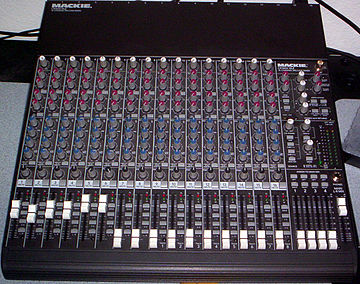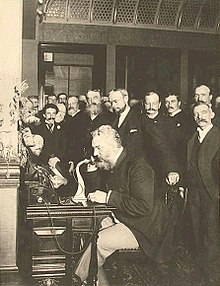When did the sport of Weightlifting begin?
Throughout the human history, man has shown a penchant for displaying his physical strength and prowess. For many prehistoric tribes, the true test of manhood was to lift some special rock. Many such stones, with inscriptions of the athlete’s names that first lifted them, can still be found in Greece and Scottish castles. Stone-throwing competitions still survive in Germany and Switzerland, and rock lifting is still popular in the Basque region of Spain.
The modern weightlifting began in the late 18th and 19th centuries, fostered by the feats of professional strongmen such as Eugene Sandow and Arthu Saxon of Germany, George Hackenschmidt of Russia, Louis Apollon of France and others who performed in circuses and music halls.
The first open world championship was held at the Cafe Monico, Piccadilly, London in 1891 and won by the Englishman Lawrence Levy. Two weightlifting competitions were included in the first modern Olympic Games held in Athens in 1896. The winner of the one hand lift competition was Launceston Elliot of Great Britain who lifted a 71 kg weight. And the winner of the two hand lift competition was Viggo Jensen of Denmark who lifted 111 kg weight.
The one and two-hand events were held again in 1904 and then in 1920. However, later at the suggestion of the International Olympic Committee, the International Weightlifting Federation was formed to control the sport and to formulate its technical rules. Since then weightlifting has been included in the Olympic Games. The International Federation originally included 14 member countries, but in the mid 1970s this number rose to 100. France and Germany were the leaders in this sport up to 1930s. But then Egypt took over as the leader. After the World War II U.S.A. remained supreme in this sport until 1953. Since then erstwhile Soviet Union created most of the world records in this event.
The modern weightlifting device consists of an iron bar to which weights, in the form of cast iron discs, of different sizes are attached. The weights are attached to each end of the bar on a revolving sleeve. The individual weights include discs of 25 kg, 15 kg, 10 kg, 5 kg, 2.5 kg, and 1.25 kg. The lifting exercises are performed on a wooden platform, 4 mts square. And if the lifter steps off this platform during the course of a lift, that lift is considered disqualified and not counted in the score.
Continue reading "When did the sport of Weightlifting begin? "











